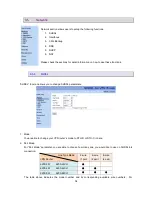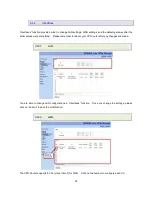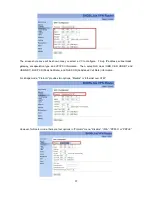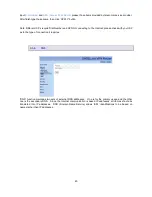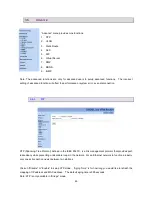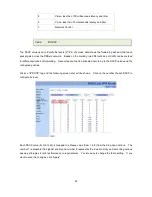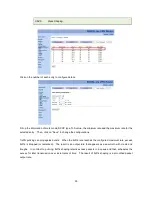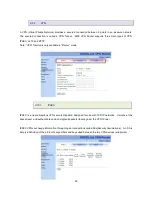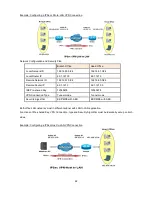
48
3
3
.
.
6
6
.
.
3
3
S
S
t
t
a
a
t
t
i
i
c
c
R
R
o
o
u
u
t
t
e
e
“Static route” is a path in the router that indicates how it will reach a certain subnet by taking a specific path.
A static route is one that is manually installed by your network administrator.
Static routes have advantages and disadvantages as compares to dynamic routes.
Advantages of Static Routes
Static routes are easier to configure
No need for overhead on the routing protocol
As long as you have a tight IP mask, this offers you reliable security
Disadvantages of Static Routes
In order to make changes in the network, you have to manually configure the route
When network outage is experienced, it does not automatically route around
Although this is quite easy to configure, it might not work for large and complicated networks
It is important that any network administrator have substantial knowledge about static routes. Although this
type of route may not be as effective with large networks, they are quite useful in any size of networks.
Meanwhile, even if you have setup a dynamic route, there are cases that still require a static route.

